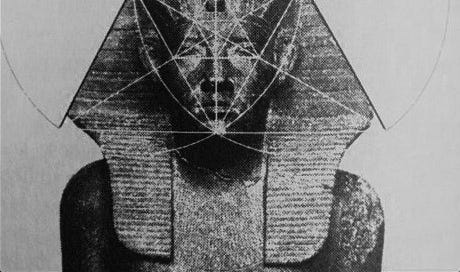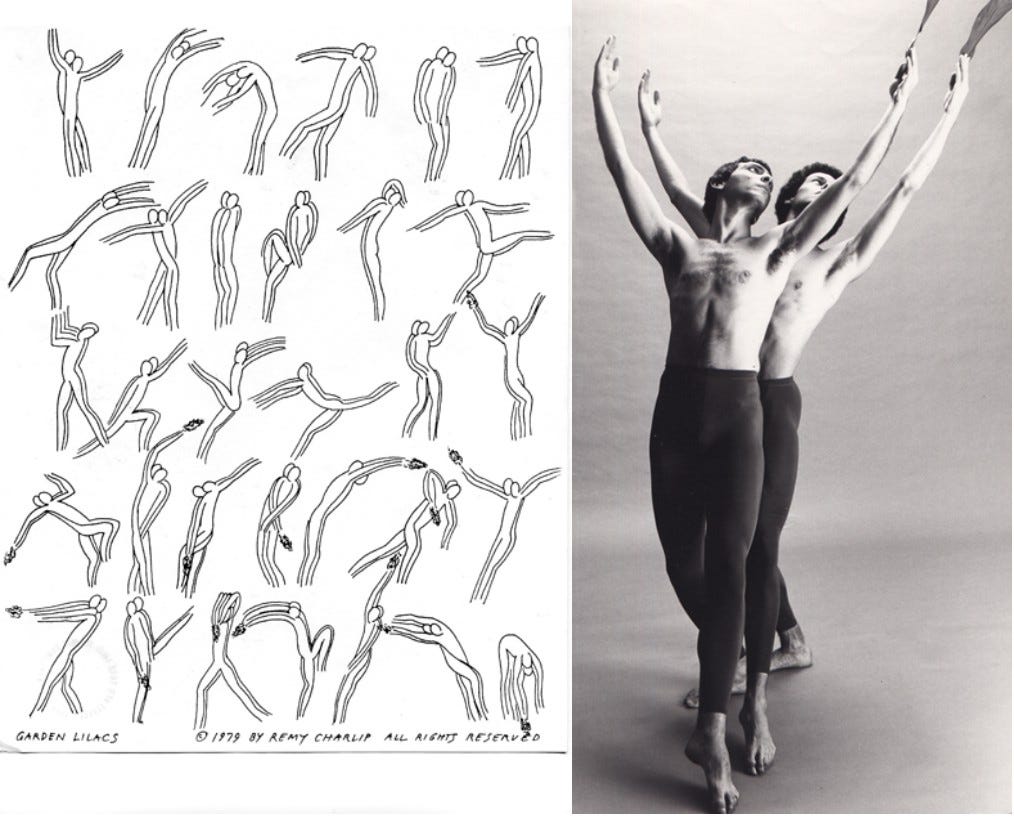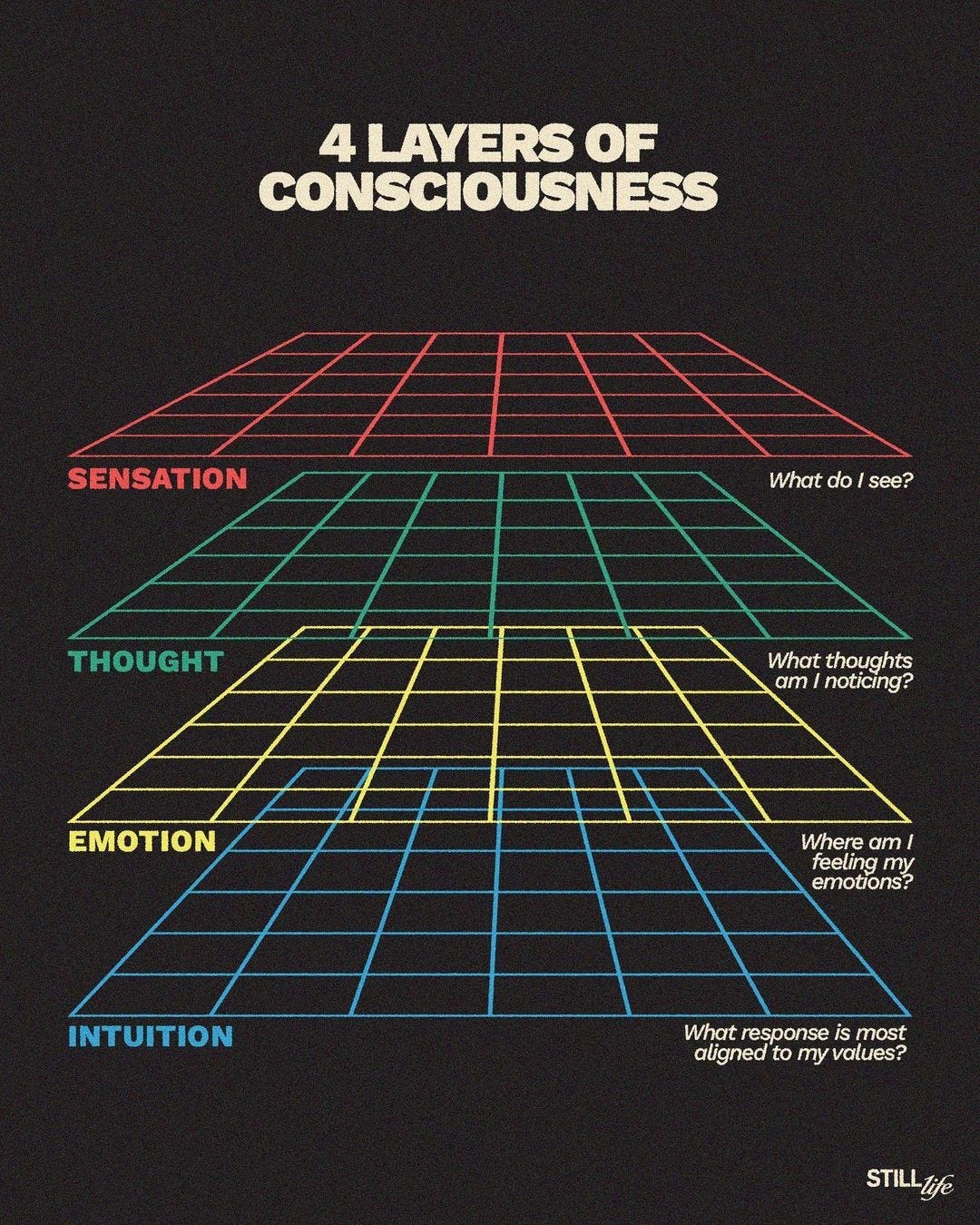Creative intuition is that gut feeling that leads writers, musicians, filmmakers, whatever to make choices that just work. But it isn’t some mystical ability. It’s rapid, subconscious decision-making shaped by experience. Experts in creative fields build up an internal database of patterns and structures, letting them make snap decisions that feel intuitive but are actually shaped by exposure.
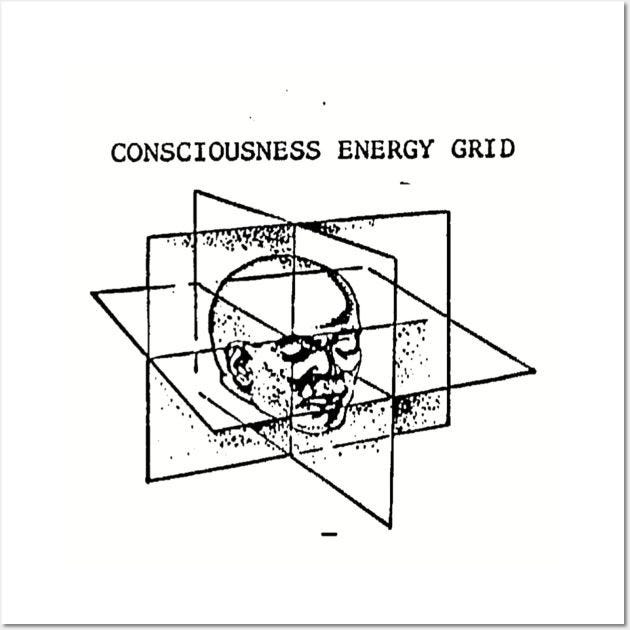
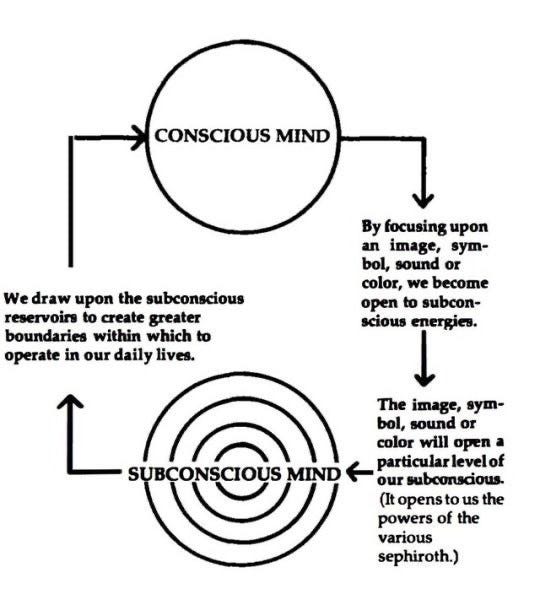
Intuition is pattern recognition
Our brains are absorbing information all the time, even when we’re not actively aware of it. When a designer instinctively knows how to balance a layout or a musician improvises a melody, they’re pulling from an internalized library of patterns built over time. That’s why experienced creatives can make decisions faster and more confidently than beginners.
Of course, some people seem to have natural creative instincts from the start. There are confident, talented beginners who trust their gut and produce incredible work with little training. But is that talent? Or just luck? Or did they have more exposure than they admit?
The truth seems to be that practice improves creative intuition, which is funny because I used to think of practice as the opposite of intuition. Studies on expert intuition suggest that deliberate practice leads to faster, more accurate, intuitive decisions. Chess players, for instance, don’t just memorize positions, they develop an internal sense of the board, allowing them to intuitively make high-level moves without analyzing every possibility.
That’s good news because it means intuition is something you can train. Talent isn’t reserved for a chosen few. The more we expose ourselves to our craft, the stronger our instincts become.
We don’t all need to be Wunderkinder. Or maybe we are all Wunderkinder, just blooming at different times. It all comes down to knowing what we want, taking the right steps to get there, and staying consistent. Our creative intuition WILL get better.
The role of the subconscious mind
Neuroscientists say that when we engage deeply in creative work, our brain shifts between focused and diffuse thinking.
Focused thinking is deliberate, structured, and goal-oriented: editing a draft, refining a design, composing a melody with intention.
Diffuse thinking is loose, allowing ideas to drift and connect in unexpected ways. It’s why your best ideas often show up when you’re showering, driving, or about to fall asleep. Your subconscious is still working, just outside your direct control.
Studies on jazz improvisation show that when musicians are in a creative flow state, their prefrontal cortex temporarily quiets down, reducing self-censorship and allowing for a more intuitive, spontaneous creative process.
We romanticize these shower thoughts like inspiration just appears. But that’s a misconception. If we never engage in focused work, there’s nothing for the subconscious to process in the first place.
If intuition is a skill, that means it can be trained. These exercises are built around pattern recognition, constraint-based problem-solving, subconscious processing, and feedback calibration. All of which strengthen intuition in a deliberate way.
Reverse engineer great work to train pattern recognition
The more patterns your brain absorbs, the stronger your creative intuition becomes. Experts in fields like chess, music, and storytelling don’t just make choices at random, they’ve internalized structures that allow them to make intuitive decisions quickly.
Choose a work you admire. A scene, a song, a paragraph, a design.
Break it down. What choices did the creator make? Why do they work?
Try to recreate the piece from memory. What details do you instinctively recall? That’s your brain telling you what matters.
Rapid decision-making is shaped by exposure to repeated patterns. The more patterns you internalize, the more reliable your gut decisions become.
The constraint challenge to strengthen subconscious problem-solving
Creativity thrives under limitations. Counterintuitive, but true. When you limit your options, your brain stops overthinking and starts problem-solving faster.
Give yourself a random creative constraint.
Writers: Write a scene in only one location.
Artists: Create something using only two colors.
Working within constraints forces deeper, more intuitive connections because the brain has to make decisions faster.
Don’t kill the first idea, but balance instinct and thinking
The first idea is always the best. I’ve found that to be true quite often, or at least that the first instinct often leads to the best version of an idea. Some of the most emotionally powerful creative choices aren’t the ones we think about for hours, they’re the ones we make in an instant.
Of course, not every quick idea is great. But the raw emotional truth behind an intuitive decision is often stronger than something overly calculated. The key is learning to trust it long enough to see where it leads before second-guessing it.
Write, design, or compose something without stopping for 20 minutes. No edits, no corrections.
Walk away. Let it sit.
Return later, but instead of questioning if the idea is good, ask: How do I make this work?
Creativity operates in two modes. Focused thinking (deliberate problem-solving) and diffuse thinking (subconscious insight). The first mode gives birth to an idea, the second refines it. Alternating between them leads to stronger creative decisions without losing the raw energy that made the idea exciting in the first place.
The subconscious processing experiment to train the Aha! effect
Intuition doesn’t just happen in the moment. It’s always working in the background. Some of the best ideas don’t come when you’re forcing them, but when you’re not thinking about them at all.
Work on a problem for 30 minutes with full focus.
Stop. Walk away. Do something mindless.
Come back. See if your brain has solved it subconsciously.
Insights often happen when the brain is in a relaxed state because the prefrontal cortex (the part responsible for self-censorship) quiets down, allowing unexpected connections to form.
How does this apply to writing?
Intuition without direction can be aimless. Freewriting, brainstorming, or improvising MIGHT unlock something powerful, or they might lead nowhere. There are ways of lowering the chance that these words are just random, but the golden kind of random. This balance comes when your intuition is fed with research, experience, and inspiration before jumping in.
Freewriting, but after feeding your brain first
Instead of starting with a blank page, immerse yourself in something before you write. Read an essay. Watch a film. Look at photography. Then, freewrite. Not about what you saw directly, but about what thoughts it triggered. This way, you’re writing with informed intuition, not just randomness.Follow emotion, but guide it with structure
Rather than writing based on pure impulse, set a loose structure first. Example: If you're writing a scene, read an interview with a real person in a similar situation first. Let that guide the emotion, and then let intuition take over.Learn before you leap
Creativity thrives on input before output. Before attempting intuitive writing, read about the technique you're trying to use. Want to write dialogue? Read scripts. Want to experiment with rhythm in writing? Read poetry first. The more you expose yourself to, the sharper your instincts become.Take breaks, and test if your intuition still holds up
An intuitive idea that feels brilliant today might feel empty tomorrow. Step away, then re-read with a critical eye. Is it still resonating? If not, why? This is where intuition meets self-awareness.
Creative intuition alone won’t make you great. What makes a difference is what you put into your brain before trusting your gut. Instead of just following intuition blindly, train it, feed it, sharpen it.
I hope there was something in here that helped you. Writing it definitely helped me. If you liked it you might also like the below. Thanks for reading ❤️

